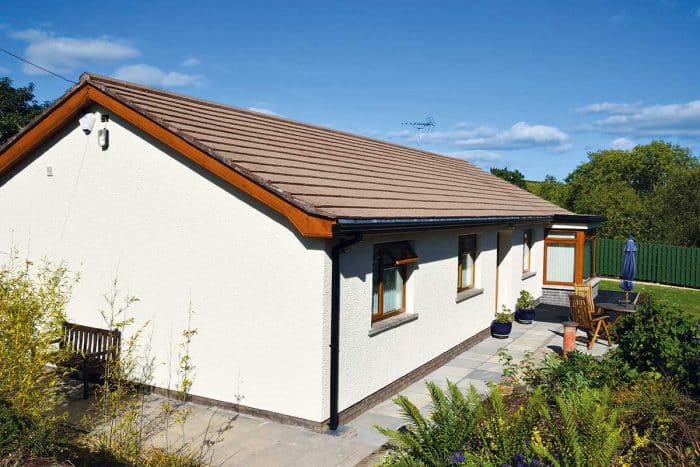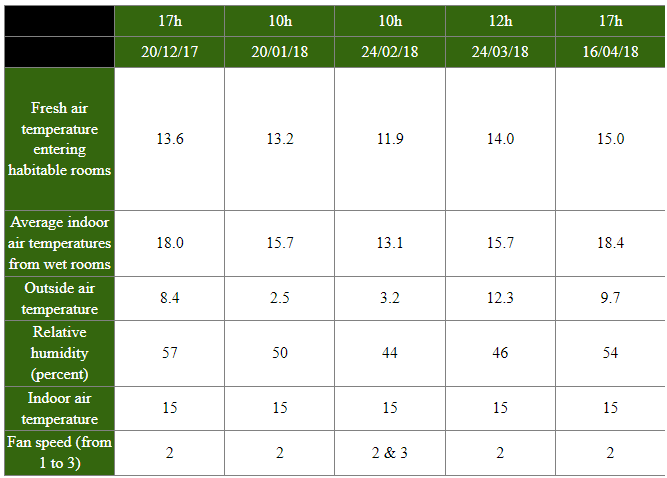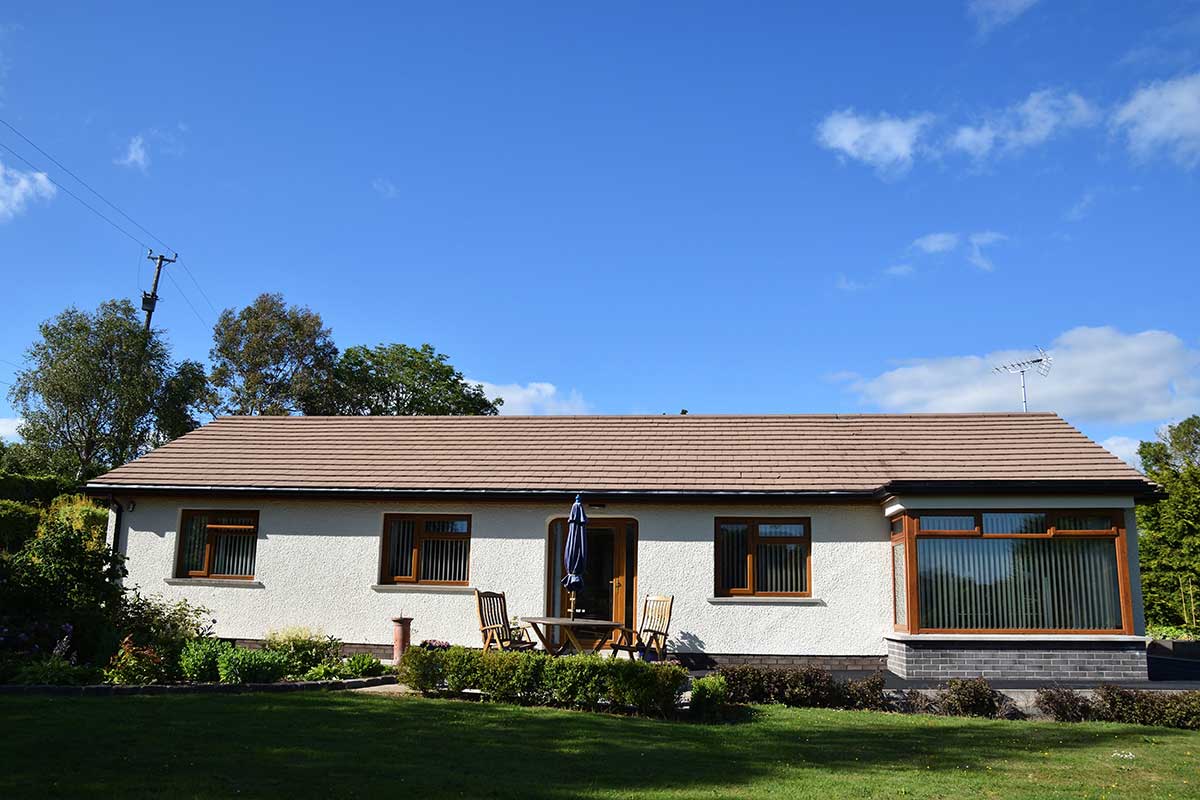James McIntyre’s solution to mould and mildew was a whole house mechanical ventilation system with heat recovery.
When and how was your home built?
Our bungalow was built with blockwork in 1985 to the insulation and ventilation requirements of the time, approved by Building Control. The house was built on a sheltered site.
We carried out minor renovations in 2012 including increasing attic insulation levels, making the home even more airtight. We considered a mechanical ventilation system but the cost seemed too high at the time. Shortly afterwards, condensation and mould started appearing on the outside walls and ceiling of the main bedroom; regular redecorating ensued.
What led you to install a mechanical ventilation system?
The condensation and mould problems escalated and started to affect curtains, window blinds, bed clothes in contact with outside walls, and led to damage to clothes in the wardrobe. The mould was ruining our bedroom and repeated cleaning and decorating was not addressing the source of the problem. The only viable solution was to stop the problem at source by addressing air quality and moisture content problems. We regularly had to repaint the worst affected ceiling and walls. So in October 2017, we decided to fit a mechanical ventilation with heat recovery (MVHR) system which was subsequently installed in November 2017.
How long did it take and cost?
The system was installed in only two days and cost £5,200 including VAT. I was impressed with the professionalism of the installers and how quickly it was done.

How did the installation go?
It was easy to install the ducting in the roof space as I live in a bungalow. The only issues we came across was getting the 225mm diameter cores for the inlet and outlet ducts drilled into the gable wall, this turned out to be a messy and it cost £120 + VAT (not included in the cost of the installation). We also had to re-use and adapt the existing extractor fan in the bathroom ceiling because the heat recovery vents we were using were not large enough to cover the holes for mounting the existing extractor fan.
Was there much redecorating after?
The bedroom was redecorated in February 2018. The ceiling was coated with mouldresistant primer before being painted with emulsion. We stripped the wallpaper and replaced it. We also had to purchase a new carpet, new curtains, new vertical louvre blinds and a new bed, all of which cost about another £6,000 or so. We also had to deep clean the sliding wardrobe and installed an air supply duct inside to circulate fresh air around the wardrobe to stop our clothes being ruined by mould.
Have you seen an increase in electricity costs as a result of the ventilation system?
Yes. My best estimate is around £2 per week. Bear in mind that the system has a circulation fan going 24/7. Considering the fact that gutting the bedroom cost more than the MVHR system, £2 per week is not a bad price to pay to have a mould-free bedroom.
Are you happy with the system?
Yes. Fortunately, we haven’t seen the return of the wee black spots on the ceiling. As we have got over the worst of the winter weather I can safely say the problem is cured. Even when we had the snow and bitter frosts (the ultimate test!), there was no condensation on the inside of the bedroom window in the morning. I also notice that there is generally a better atmosphere in the house, there is much less condensation in the bathroom when having a shower and cooking odours in the kitchen dissipate much more quickly. I kept a record of the MVHR system’s performance over a period of five months.
The highest humidity level was recorded in December, at 57 per cent, and the lowest in February 2018 at 44 per cent; the optimal humidity level for a house is between 45 and 65 per cent. Temperatures are recorded in degrees Celsius; the results are below.



















